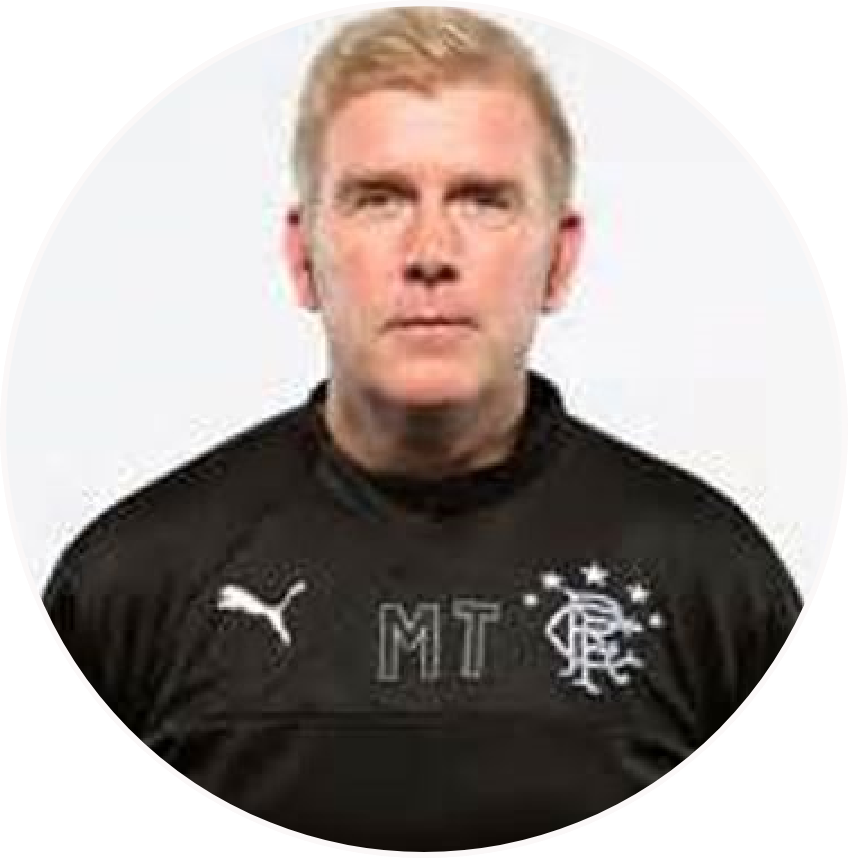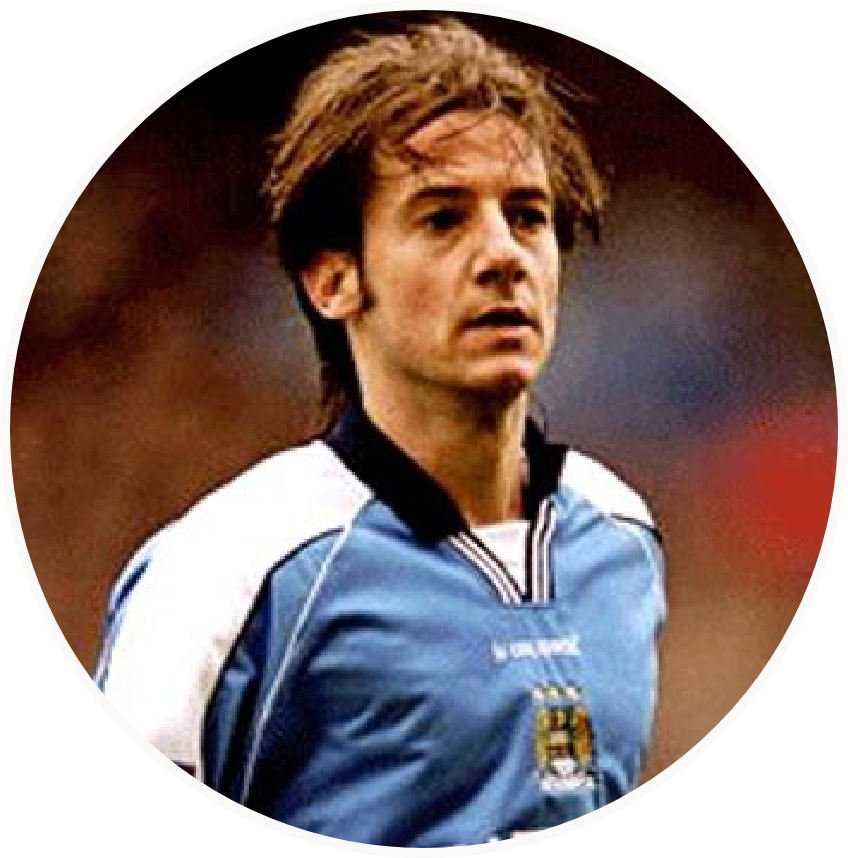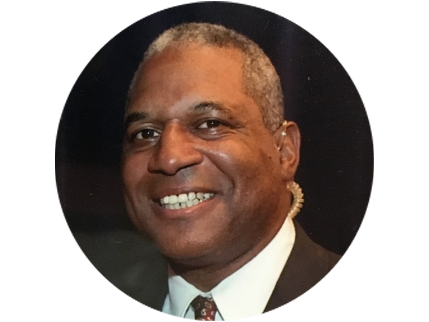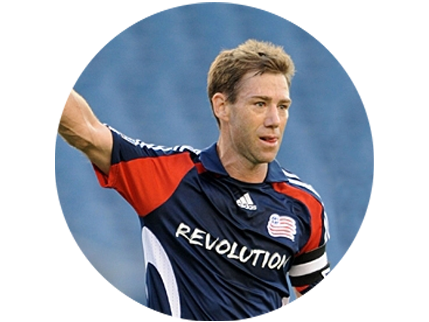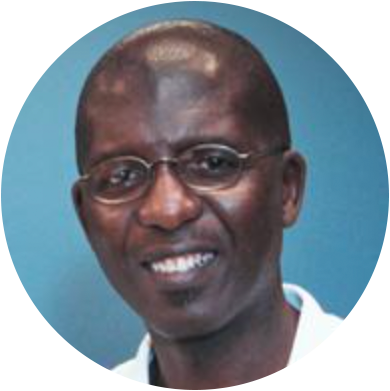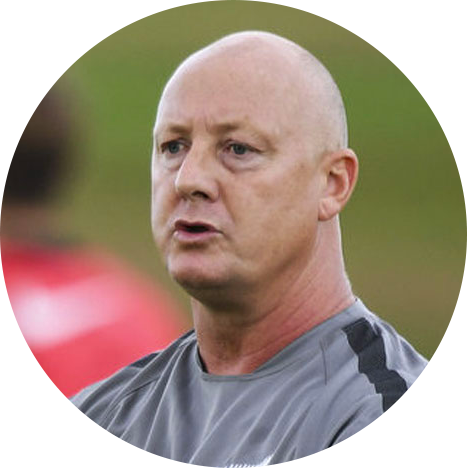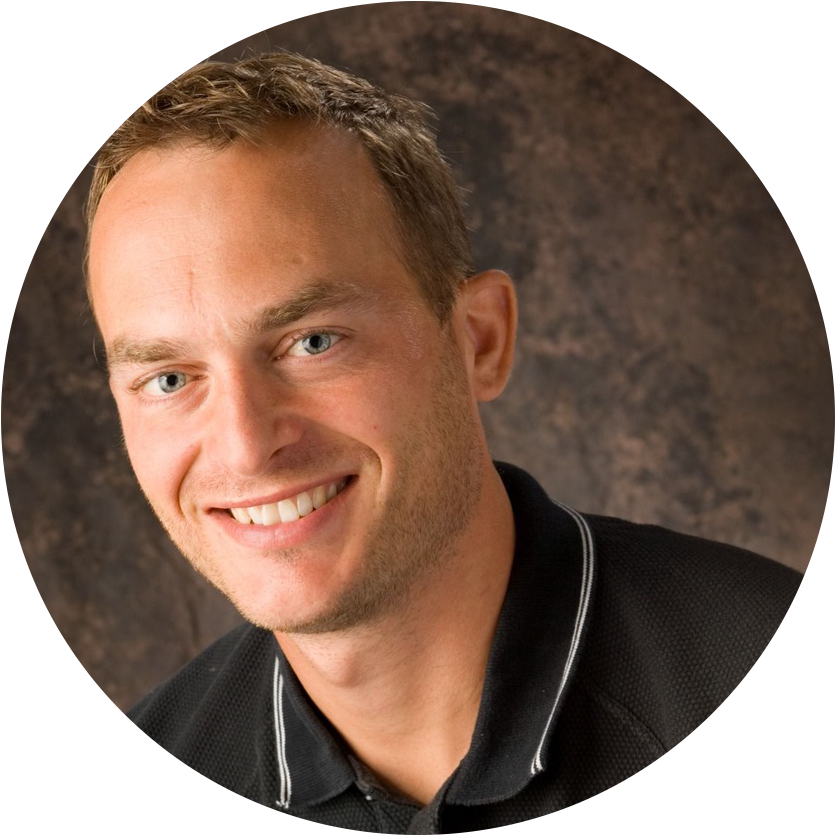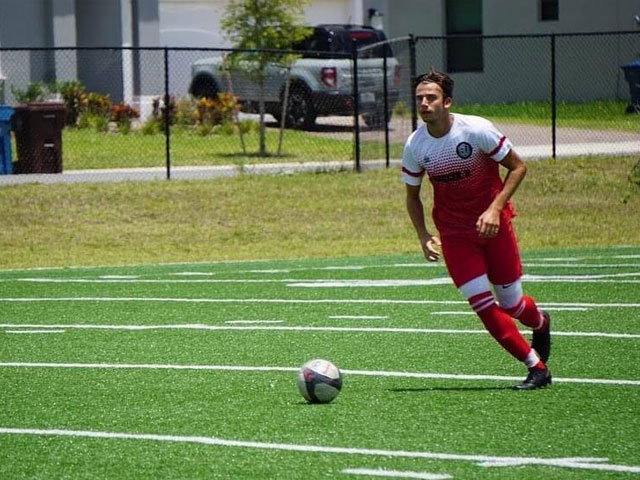ONE EDUCATION - TWO PATHWAYS
SU will give a view of where each player needs to focus his or her attention week to week focused on developing their strengths rather than their weaknesses.In general, all players on and off the field are learning to develop all their skills. But it’s important to know that a player is recruited for their strengths and as such is developed toward them.
Weaknesses improve through training and through their studies. SU is focused on developing each person to become the best version of themselves. Knowing one’s strengths and weaknesses and developing toward their best opportunities on and off the field requires the Kaizen approach.
Ultimately, this approach improves their chance of being recruited.
SU will base its program on tactical periodization and break down its curriculum into 4 x 10 week training cycles which will run simultaneously along side the players 3 year Bachelor degree..
Our focused pathway will be on the following stages of development:
LEARNING PATHWAY (YEAR AT A GLANCE)
FOUNDATION PHASE
The first 10-week term will begin with baseline testing in several tangible areas of players' physical conditioning, speed, endurance and recovery. This process measures the skill of the player and the data is shared using our skills index within the SUPPP system. This easy to read visual graphic will become part of each players development process. In addition,an assessment of each players tactical thinking process is measured as each player performs in high pressure/high speed play and in practicing transition activities.
IQ DEVELOPMENT PHASE
The second 10-week term training cycle will focus on the students tactical development and begin with small group tactical training leading to full team tactics. This to ensure that each person understands what their role is in the various formations, tactics and how their specific skill sets compliment that style of play.This is where soccer IQ has to increase and increase every time a player steps onto the field. The competition will be against strong opposition. When playing in foreign locations, students will learn from a different style and level of play. Building experience develops insights into how soccer IQ impacts performance. Our motto is to play the game first and win the game second.
COMPETITION PHASE
The third 10-week term begins with a quick recap of everything that has been learned in term two. The third term is about implementing the lessons playing against fourth tier soccer clubs in the USA (if the player is in rotation outside of the U.S., similar level of competition with the same learning). The key lesson is not what you know (Soccer IQ); rather, how you use your Soccer IQ. Now playing to win is first and coming to play is second. Experience both approaches,learning to play and playing to win prepares players for the professional experience. Professional players are measured by results, not just performances.
SCOUTING PHASE
The fourth 10-week term training cycle will begin with revisiting each player's vision statement. After 30
weeks of preparation, some players are ready for the exposure to Scouts and other interested parties in
the world of soccer. This is a time of challenging each player to rise to their highest level of performance
using their strengths and knowing their “brand” (what makes them unique). Each stage of this program is
designed through the Kaizen model to continuously be improving through daily targeted practice that is
both a gradual process and moves relatively fast. By term four every player will have been stretched to
play toward their full potential. This is meant to give each player a shot at being seen in each term by
domestic and international agents, coaches, and scouts that culminates in this final term of each players
first year. Each player will have a portfolio in the SUPPP system to share with scouts, agents, and coaches showing
strengths through film and various assessments. In year two and three, assuming the player doesn’t get a
professional contract, the goal is to continue developing the same set of skills in pursuit of their peak
performance and shot at professional play.
Active Recovery
It is a common misconception that you have to train hard all the time to optimally perform in competition.
Wrong! You have to train smart!
Players who are serious about planning their training must also be serious about planning their active
recovery sessions. This is even more important to the pre-professional athletes who are training every
day and playing matches. However, lying in bed and relaxing at home will not give the body ample rest
that it is craving in order to fully recover
Incorporating this type of active recovery training allows us to decrease the risk of injury and improve
performances. Active Recovery training is often complimented by mental relaxation exercises. These
training regiments are the best way to build confidence each player can play throughout the year.
Training Hard Is Not Always Training Smart!
Here are some of the areas where we will be concentrating on our active recovery sessions:
- Short to long-duration stretching - This will assist in reducing soft tissue and joint injuries.
- Massage, self, massage exercises are demonstrated using a foam roller - These are great
for breaking down those tired muscle groups where the lactic acid builds up leading to stiffness,
soreness and cramps.
- Light cardio, stationary bike, elliptical, rowing machine, swimming etc.
- Hydrotherapy - Hot and cold contrast baths will be used for players who just competed in a
match. This helps tired muscles flush lactic acid away allowing players to feel "normal" faster.
- Meditation and visualization exercises round off the recovery program - This program will
also work muscle groups by tensing and relaxing the muscles that we most-often use. Breathing
exercises are also taught to simultaneously increase oxygen supply to the brain and blood
stream.
POSITION CRITICAL SKILL
DEFENDER TOPICS
- Poke Tackling
- Block Tackling
- Slide Tackling
- Jockeying
- Shielding
- Receiving
- First Touch
- Passing Out the Back
- Leading Passes
- Driven Passes
- Lofted Passes
- Passing With Outside of Foot
- Passing With Inside of Foot
- Standing Up Your Opponent
- Closing down Your Opponent
- Role of First, Second, & Third Defender
- Defensive Heading
- Turning In Possession
- Turning While Under Pressure
- Recovery Runs
- Overlapping Runs
MIDFIELD TOPICS
- Poke Tackling
- Block Tackling
- Slide Tackling
- Shielding
- Receiving
- First Touch
- Recovering Under Pressure
- Leading Passes
- Runs:
- - Penetrating
- - Overlapping
- - Supporting
- - Diagonal
- - Running With The Ball
- Passes
- - Driven4
- - Lofted
- - Swerved
- - Diagonal
- - Creative
- - Disguised
- - Inside
- - Outside
STRIKER TOPICS
- Posting Up
- Shielding
- Tackling
- Playing With Back to Goal
- Laying Passes Off
- Creative Play
- Finishing in the Box
- Shooting
- Volleying
- Half-Volley
- Side-Foot Volley
- Shooting from Distance
- Attacking Heading
- Flicking/Heading On
- Heading to Pass
- Back Heading
- Turning Away From Pressure
- Playing With Pressure on Your Back
- Diagonal Runs
- Bending Runs
- Penetrating Runs
- Timing of Runs
GOALKEEPING TOPICS
- Basic Footwork
- Basic Footwork
- Speed, Agility & Change of Direction
- Basic Handling Techniques
- Basic Diving Techniques
- Basic Shot Stopping
- Developing & Understanding Of Angles
- Developing A Good Starting Position5
- Distribution - Passing Techniques & Principles
- Distribution - Throwing Techniques & Principles
- Narrowing the angle 1v1
- Dealing with a 1v1 through ball
- Dealing With Crosses
- Defending Against Crosses
- Support & Communication
- Effective Decision Making
- Assessing & Reading The Play
- Dealing With Passbacks
- Playing Out From The Back From Feet
- Playing Out From The Back with Hands
- Reducing & Dealing With Strikes At Goal
- Organising The Defence
- Organising Defending Set Plays
- Counter Attacking From Open Play
- Counter Attacking From Set Plays
Mastering these skills leading to artistry, all at speed under match conditions - Demanding excellence. Individual skill covered during warm-up.
TACTICS
Increase tactical speed (Correct decision making).
Increased pressure and competition.
Gamesmanship Ability to change and adapt to game dynamics, up or down goals, management
of the game.
TEAM/FUNCTIONAL
Understanding of lines and linkage. Positional tactical and technical needs of that position within
a small group role.
SYSTEMS OF PLAY
Basing your position and role within the following formations. 4-4-2. 4-4-1. 4-5-1. 4-2-3- 1. 3-5-2. etc.
SET PLAYS : DEFENDING VS ATTACKING
ATTACKING SET PLAYS
- Throw ins
- Free kicks
- Corner kicks
DEFENDING AGAINST
- Throw ins
- long throws
- Free kicks
- Corner kicks
- Using a combination defense of man to man and zonal
- Zonal and Why
- Man to Man and Why
DEFENDING TOPICS- Examples
- Playing out of the back
- Defending in Blocks
- Passing in blocks
- Low pressure defending
- High pressure defending
- Playing with 4, 5 and 6 at the back
- Retreating as a defense
- Defending from the front
- Use of the spare man in defense
- Use of the spare man in defense
- Attacking with fullbacks
MIDFIELD TOPICS- Examples
- 3rd man running
- Combination play
- Penetrating runs from midfield
- Penetrating passes from midfield
- Training the play maker
- Splitting the lines when in attack7
- Pressing from a zonal perspective
- Possession in the final 3rd of the field
- Creating numbers in attack from midfield
- Timing of runs from midfield
- Angle of runs from midfield
- Recover runs
ATTACKING TOPICS- Examples
- Playing with one striker- posting up or playing of the shoulder
- Twin striker play from midfield
- Playing in a 3 man forward line
- Pressing from the front
- Playing with a false
- Getting numbers up in the box
- Creating space in the final 3rd
- Decoy runs in attack
- Across the face runs.
- Playing against a zonal defense
- Countering attacking
- Using the striker as the first defender
SPEED OF PLAY
- Deception
- body positioning to look
- moving with your touch
- Penetration and creativity
- Finding the final ball to split lineS
- Counter attack
- wide flank play
- Target play and creating chances
- Crossing with proper runs into the box
- Set plays
TRANSITIONAL PLAY IN ATTACK AND DEFENSE
- When in transition in possession and out of possession
- What areas of the field the when and where
- Decision on when to drop off
- Decision on when to go forward
PHYSICAL
- Using the Sparta System to determine your physical areas of concern
- Fitness work with and without the ball, position-specificfitness testing, active recovery
- Flexibility - Static stretching before and after training/ matches
- Dynamic Flexibility (especially before matches & training)
- Agility - with and without the ball, including fast footwork techniques
- Footwork - keeping the feet active when moving / playing
- Endurance - Aerobic and anaerobic
- Strength - Upper and lower body. Core strength and stability
- Balance
- Nutrition - Proper diet - pre-game, post-game, tournaments,etc
- Prevention and care of injuries
- Importance of rest / recovery - schedule issues relative to the physical demands
PSYCHOLOGICAL
- Increased concentration and Focus
- mental imagery and relaxation exercises
- Leadership / player responsibilities on and off the field
- Individual and team Discipline
- Accountability
- Respect for your peers, the game and yourself
- Communication ,linear and circular
VISIONING:Seeing your ultimate goal and goal setting to achieve it
GOAL SETTING:daily, weekly, monthly, seasonal


